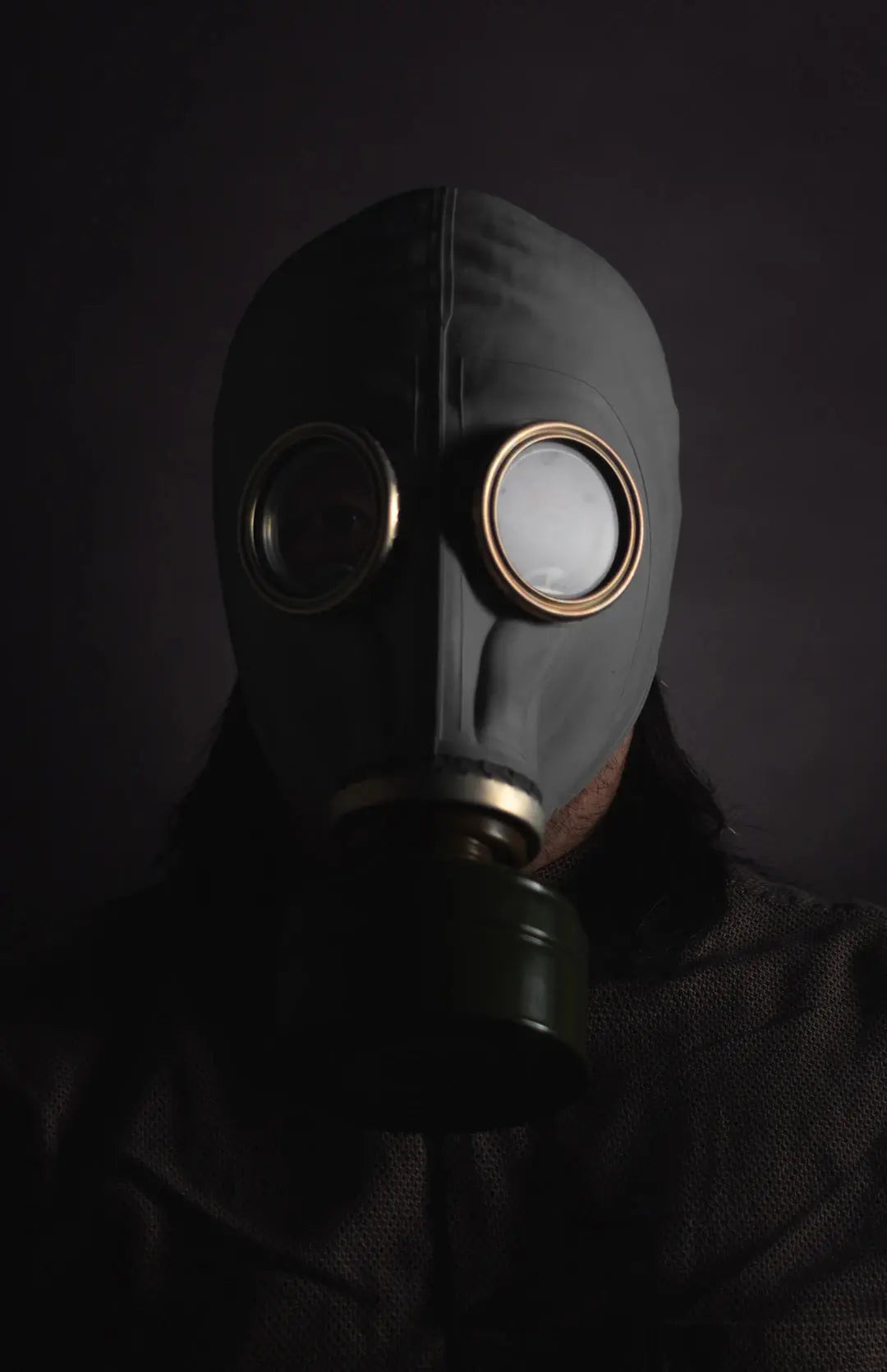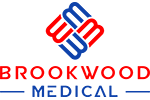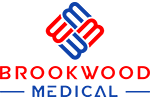The Impact of Mask-Wearing on Athletic Performance

Overview
Athletes are increasingly wearing masks during workouts and competitions for health and safety. This blog explores the impacts of mask-wearing on athletic performance, including effects on oxygen intake, speed, strength, and psychological factors. While masks may create some resistance and lead to feelings of discomfort or anxiety, many athletes adapt over time. Choosing the right mask is essential for optimal performance. Embracing these changes in athletic culture is vital as health guidelines evolve.
Frequently Asked Questions
1. Why do athletes wear masks during workouts and competitions?
2. How does wearing a mask affect oxygen intake for athletes?
3. Does wearing a mask impact athletic performance in terms of speed and endurance?
4. What psychological effects can mask-wearing have on athletes?
5. What should athletes look for when choosing a mask for performance?
As the world continues to adapt to new health guidelines, mask-wearing has become a common practice even in athletic environments. Athletes are often seen donning face coverings during workouts, competitions, and training sessions. However, this brings about a myriad of questions regarding performance, respiratory efficiency, and overall comfort. In this blog post, we will delve deep into the effects of mask-wearing on athletic performance, specifically focusing on the use of a neoprene sports face mask.
Understanding the Need for Masks in Sports
In light of the ongoing global health crisis, various sectors, including sports, have been urged to implement safety measures. Wearing masks, especially neoprene sports face masks, has become a crucial component for many athletes. These face coverings can help reduce the spread of airborne particles, promoting health and safety in training environments and sporting events. But beyond the health benefits, how do these masks fare when it comes to performance?
The Physiology of Athletic Performance
Athletic performance largely relies on the body's ability to deliver oxygen to the muscles effectively. As athletes engage in physical activity, their oxygen demands increase significantly. This section will explore how the use of neoprene sports face masks can influence oxygen intake and overall performance.
Oxygen Intake and Mask-Wearing
When athletes wear a mask, the immediate effect is on their breathing patterns. A neoprene sports face mask can create a slight resistance while inhaling and exhaling. This can lead to increased carbon dioxide levels in the mask and potentially decrease the amount of fresh air available to the athlete.
- Enhanced Lung Capacity: Some studies suggest that wearing a mask can enhance lung capacity over time by forcing the body to work harder to obtain oxygen. This can be beneficial for long-term endurance training.
- Adaptation to Resistance: The resistance offered by a neoprene sports face mask may help the respiratory muscles become stronger, which can improve overall breathing efficiency in the long run.
- Shortness of Breath: On the downside, many athletes report feelings of shortness of breath or anxiety while training with a mask, especially during high-intensity workouts. This can impact overall performance and lead to distraction.
Performance Metrics: Speed, Strength, and Stamina
When considering mask-wearing, it’s essential to analyze how it affects key performance metrics such as speed, strength, and stamina. Athletes often have to balance health guidelines with optimal performance, and understanding these metrics can provide clarity.
Speed and Agility
Many athletes are concerned that wearing a mask could slow them down. However, research indicates varying effects based on the athletic population. While some may experience a noticeable difference, others adapt quickly over time.
- Acceleration: Short bursts of speed may be affected negatively when wearing a mask. Athletes engaged in sprinting or quick agility drills might feel that the mask limits their breathing capacity, leading to a decrease in performance.
- Long-Distance Running: When it comes to longer distances, studies reveal that many long-distance runners adapt to mask-wearing sooner than sprinters do. These athletes report less discomfort over time.
Strength Training
The impact of wearing a neoprene sports face mask during strength training can vary greatly depending on the type of exercises performed. Generally, resistance training demands less oxygen than endurance training.
- Weight Lifting: Many weightlifters find that wearing a mask doesn't significantly hinder their performance during weightlifting sessions. In fact, they may actually monitor their breathing better, maintaining proper form and technique.
- High-Intensity Interval Training (HIIT): HIIT sessions, which often involve periods of intense activity followed by short rests, can become especially challenging with a face mask. The sudden bursts of energy combined with limited oxygen access can lead to fatigue quicker than usual.
Comfort and Psychological Factors
Perhaps one of the most overlooked aspects is the psychological effect of wearing a mask during workouts. Comfort, confidence, and mental state can significantly influence performance.
Mental Barriers
The act of wearing a mask can introduce psychological barriers for some athletes. These barriers can manifest as anxiety, distraction, or self-doubt. Athletes accustomed to maintaining optimal focus may find themselves distracted by the mask, leading to a potential dip in performance. Here are some aspects to consider:
- Manageable Discomfort: For many athletes, the initial discomfort of wearing a mask can fade over time. As comfort levels rise, so too may their performance.
- Mindset Shifts: Emphasizing the importance of health and safety can help athletes shift their mindsets when it comes to mask-wearing. This transition can support mental resilience and adaptability.
Real-life Experiences from Athletes
The best way to understand the effects of mask-wearing on athletic performance is to hear directly from athletes. Many have begun to share their experiences openly, detailing the challenges and triumphs they’ve encountered.
Endurance Athletes
Endurance athletes, including long-distance runners and cyclists, often experience decrement in perceived exertion levels while wearing a mask. They report experiencing:
- Heart rate fluctuations.
- Increased focus while training.
Some document these changes in their training logs, analyzing how mask-wearing has altered their running times or cycling speeds.
Team Sports Players
Team sports such as basketball or soccer present unique challenges. Players have shared that while teamwork and communication are vital, masks can inhibit vocal communication. They also report:
- Shorter game segments lead to increased fatigue.
- An overall adjustment period that can sometimes be frustrating.
Choosing the Right Mask for Optimal Performance
If you're an athlete concerned about mask-wearing and its effects on your performance, selecting the right type of mask is crucial. A neoprene sports face mask can provide a balance of comfort, breathability, and protection. Here are a few tips for choosing the best mask:
- Breathability: Look for masks designed specifically for athletic activities. Ensure they facilitate airflow, which is crucial during intense workouts.
- Fit and Security: The mask should fit securely without slipping during movement. An adjustable fit can help maintain comfort during various exercises.
- Moisture-Wicking Properties: Select masks that are moisture-wicking to ensure comfort during sweaty sessions.
Ultimately, Finding Balance
The dialogue surrounding mask-wearing in sports has dramatically evolved over time. While initial responses may have leaned toward a negative view on performance, many athletes are discovering healthy adaptations. The impact of neoprene sports face masks is nuanced, affecting different athletic disciplines in distinctive ways.
Balancing the benefits of mask-wearing against its potential drawbacks requires careful consideration and individual assessment. As health guidelines continue to inform athletic policies, performing with a mask has become part of the new normal for athletes globally. Recognizing that every athlete’s experience is unique is crucial as we support one another through this transition.
Embracing Change in Athletic Culture
The ongoing adjustments to athletic culture, driven by health concerns, are likely to endure. As athletes and trainers navigate these changes, it’s essential to embrace the lessons learned through this process. While mask-wearing may present challenges, it also encourages a mindset of adaptability and resilience. By examining the effects of mask-wearing on athletic performance through careful analysis and open conversation, we can create a supportive environment focused on personal health, safety, and competitive spirit.
Linked Product
FuturePPE Neoprene Sports Face Mask with Premium Filter
The FuturePPE Neoprene Sports Face Mask is designed for athletes seeking protection without compromising performance. Its breathable neoprene material and premium filter help maintain airflow during intense workouts, while offering essential coverage. This mask is suitable for various outdoor activities, allowing athletes to focus on their training while adhering to health guidelines.
View Product





